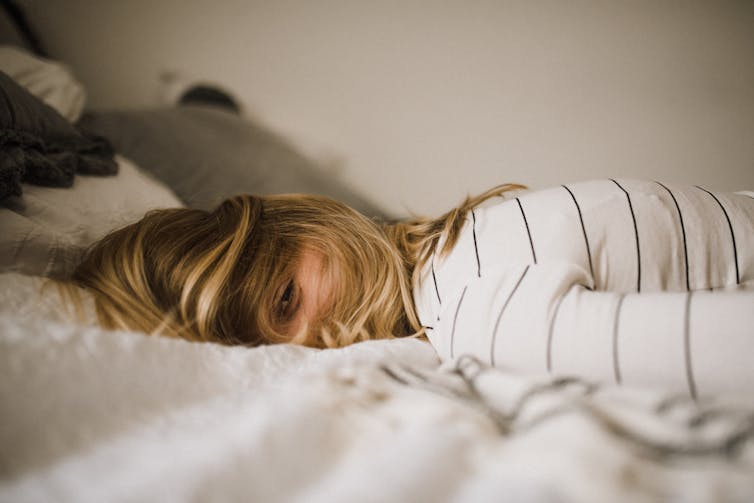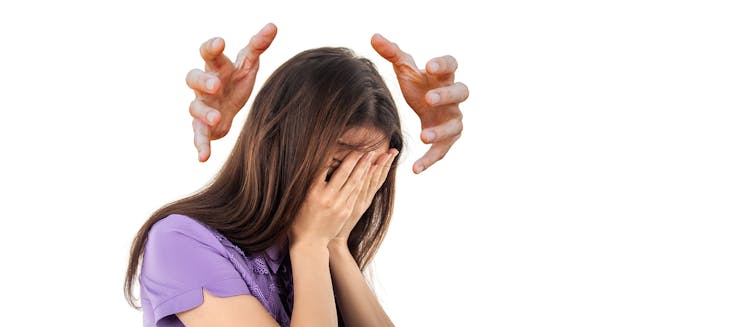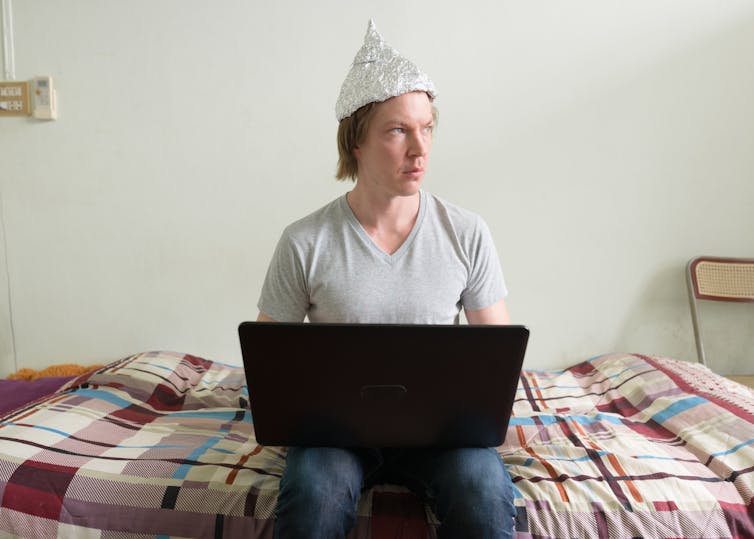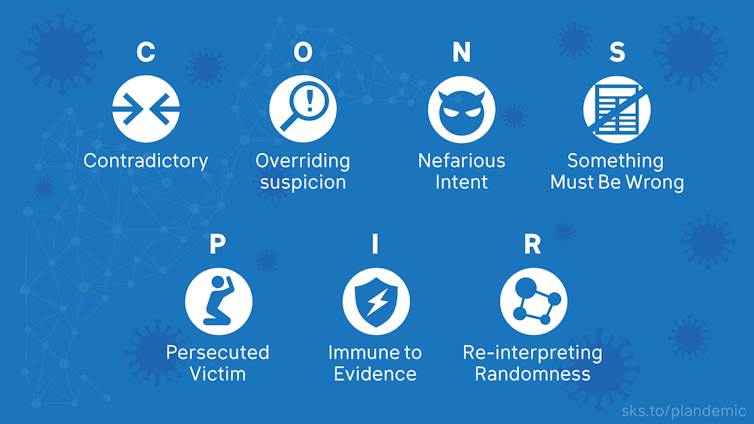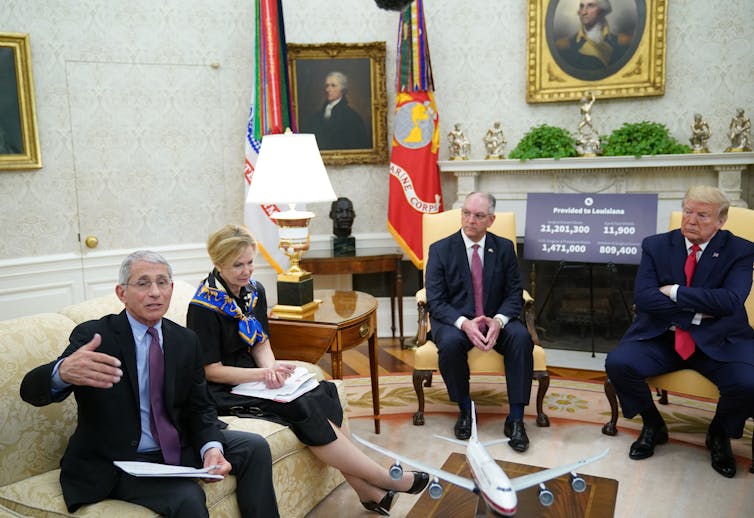 |
| Mac Macleod, CEO of Carvertise, with the help of New Castle County Executive Matt Meyer, affixes a mask on a New Castle County vehicle at their August 5 launch event. |
Carvertise, Inc., a rideshare-based transit advertising company, announced the launch of its #TeamMASK advertising campaign with the New Castle County Government in an effort to promote the continued importance of mask-wearing to stop the spread of COVID-19.
As a part of this initiative, eleven high-mileage county vehicles, including the County Executive's very own car, were selected to don gigantic custom-made "Car Masks" that fit over the grill of the vehicles.
The vehicles also prominently feature a #TeamMASK slogan on both driver and passenger sides, to proudly state the county's position on wearing face masks to curb the spread of COVID-19.
- The county vehicles selected are a medley of paramedic and public works sedans and trucks that will be seen at COVID-19 testing sites, public parks, and construction sites.
- Each vehicle travels a minimum of 1,100 miles a month which will create an estimated 82,500 monthly impressions, according to Carvertise's proprietary impression calculating algorithm.
- For the duration of this three-month advertising campaign, 2.7 million impressions will be created generating significant reach and frequency throughout the entire county.
 |
| The New Castle County #TeamMASK fleet unveiled. |
Carvertise CEO, Mac Macleod, stated, "New Castle County has become the first government entity in the country to transform their fleet of vehicles into moving billboards promoting public safety messaging specific to COVID-19. Not only does the creativity of the face masks make it memorable, but it is also highly cost-efficient. These vehicles are driving around the county everyday as it is; now, however, they're holding the dual purpose of marketing to county residents. That's a 2-for-1 benefit."
"The #TeamMASK campaign is a great way for us to drive home an important public safety message to our county residents," said Matt Meyer, County Executive, New Castle County, Delaware. "What better way to show a sense of community spirit and pride around public mask compliance than to have these larger-than-life face masks adorned to our highest mileage vehicles? I'm highly confident this will get people thinking and talking about mask-wearing," said Meyer.
Macleod added, "This is innovative advertising at its finest. It's creative, it's memorable, it's culturally relevant, it's reaching the right audience, and it's effectively communicating the right message through the use of humor. Everyone who sees these cars stops in their tracks, takes a picture of it, and understands the message being promoted. Big kudos to New Castle County for being bold enough to be first."
- #TeamMASK wraps and Carvertise's gigantic "Car Masks" are available in all 50 states and can be leveraged by other government and healthcare entities looking to make a big marketing splash in their communities.
SOURCE: Carvertise, Inc.








